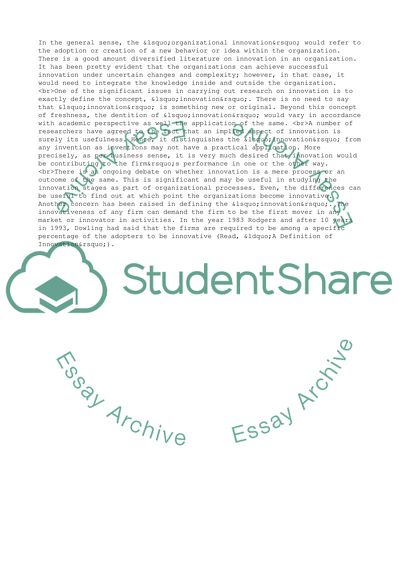Cite this document
(The Organizations Can Learn Innovation Dissertation - 1, n.d.)
The Organizations Can Learn Innovation Dissertation - 1. Retrieved from https://studentshare.org/business/1752041-innovation-and-change
The Organizations Can Learn Innovation Dissertation - 1. Retrieved from https://studentshare.org/business/1752041-innovation-and-change
(The Organizations Can Learn Innovation Dissertation - 1)
The Organizations Can Learn Innovation Dissertation - 1. https://studentshare.org/business/1752041-innovation-and-change.
The Organizations Can Learn Innovation Dissertation - 1. https://studentshare.org/business/1752041-innovation-and-change.
“The Organizations Can Learn Innovation Dissertation - 1”, n.d. https://studentshare.org/business/1752041-innovation-and-change.


